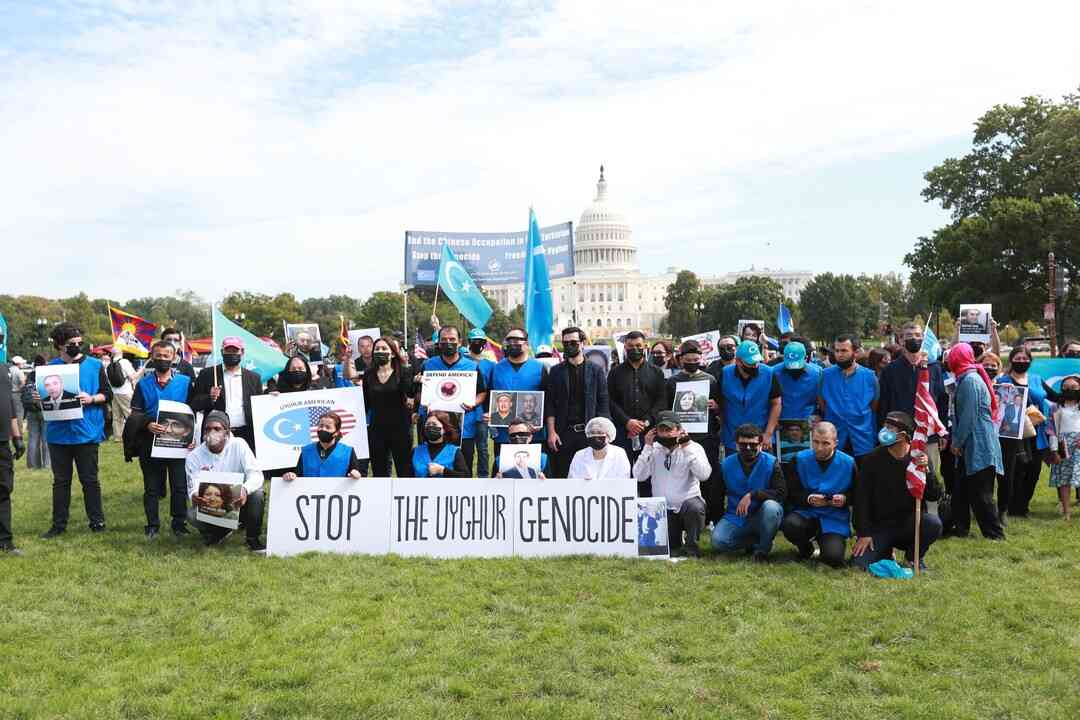
THE Tobacco Industry and Marketing Board (TIMB) has mobilised $2 million for planting of trees earmarked to cure tobacco as part of efforts to dissuade farmers from using the soon-to-be-banned coal.
BY FIDELITY MHLANGA
In 2016, global tobacco cigarette companies produced guidelines on Sustainable Tobacco Programmes, which state that from 2020, they will no longer buy coal-cured tobacco.
“TIMB has mobilised $2 million from its own resources for planting of trees for curing tobacco. The target for each of the four main tobacco growing provinces is 400 hectares at a budget of $500 000,” TIMB spokesperson, Isheunesu Moyo said.
Tobacco is one of the country’s top forex earners, raking in close to a $1 billion yearly. The bulk producers of the golden leaf are Mashonaland Central, East, and West and Manicaland provinces. Presently, at least 40% of tobacco farmers are using coal to cure tobacco, with 60% of them using firewood.
“As a result, it is imperative for the industry to adopt aggressive afforestation programmes in order to remain competitive and relevant to the global cigarette industry. TIMB hasn’t started using the tobacco levy, as it is awaiting administrative processes and approval from the Parliament of Zimbabwe so that we can scale up our activities and increase to 20 000 hectares of woodlots per year for the next five years. That would be enough to cure 100 000 hectares of tobacco per year,” Moyo said.
Mashonaland Central acting provincial forestry manager, Cleopatra Gwete said the programme was a welcome development as tobacco farmers use a lot of firewood when curing tobacco.
“To this programme, we provide quality assurance and provide technical support. Besides curing energy, poles are used in barn construction. Gumtrees can also be used in making poles for clips used in barns when curing tobacco. Outside tobacco, poles can be used for roofing and in construction,” she said.
- Chamisa under fire over US$120K donation
- Mavhunga puts DeMbare into Chibuku quarterfinals
- Pension funds bet on Cabora Bassa oilfields
- Councils defy govt fire tender directive
Keep Reading
“Since TIMB is buying seedlings from the local community, farmers can take advantage of this and establish nurseries between July and December. This way they will make extra income.”
Mashonaland Central farmer, Loice Hamandishe has committed three hectares of her farm for the establishment of woodlots from the 7 500 gumtree seedlings she received from TIMB.
The government introduced afforestation levy in January 2015, with resources raised earmarked to ring-fence reforestation programmes in tobacco growing areas. Tobacco curing is responsible for 15% of deforestation in Zimbabwe.
TIMB, together with tobacco merchants, established a fund in 2013 and formed a trust known as the Sustainable Afforestation Association and, to date,
14 000 hectares have been planted for wood energy to cure tobacco.
Since 2014, TIMB has funded small-scale farmers to construct fuel efficient barns that use 50% less firewood.











